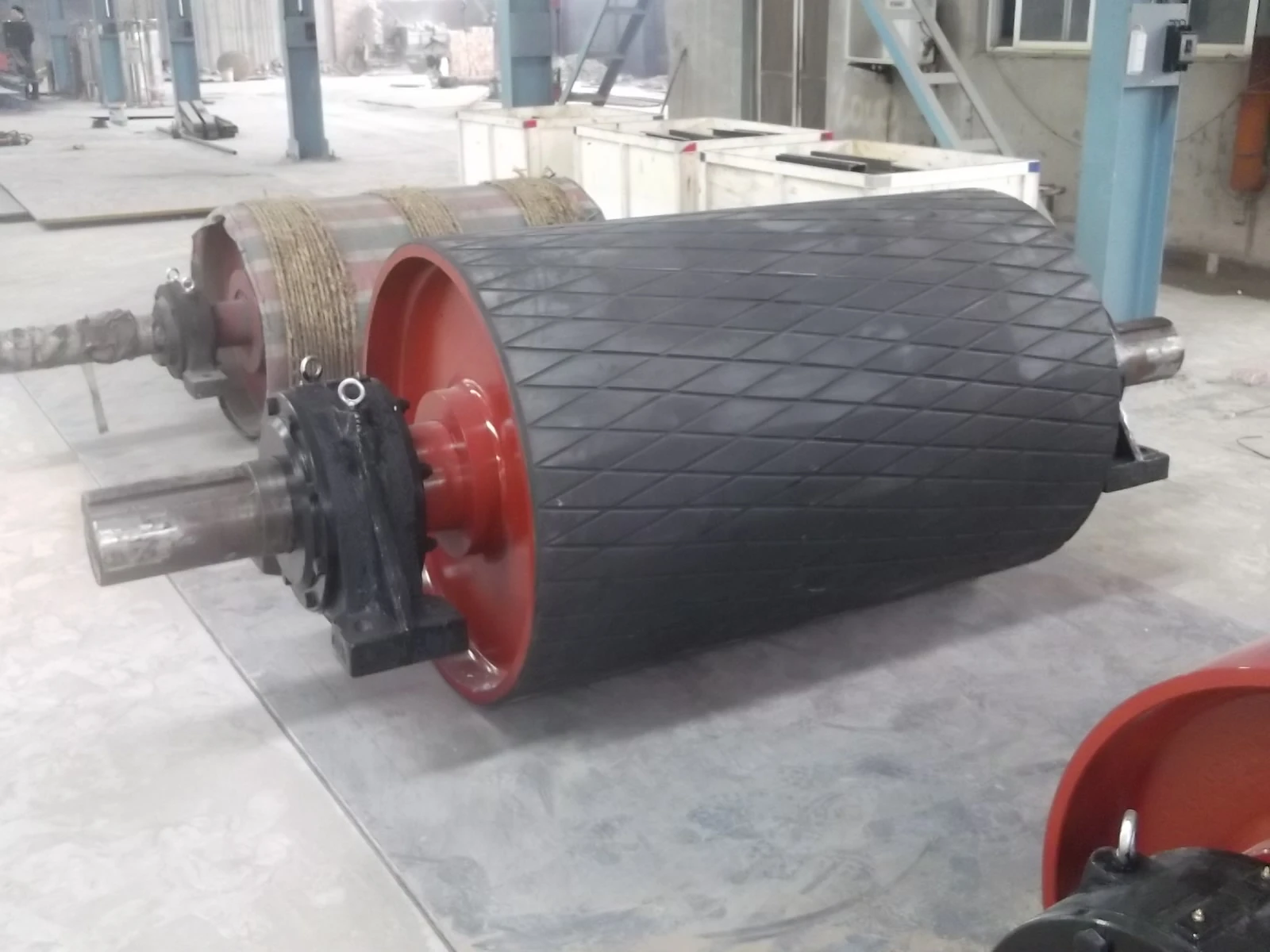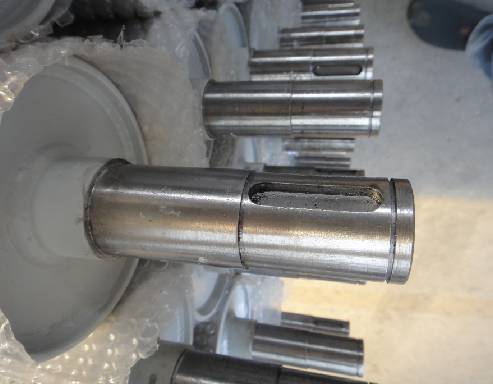 Afrikaans
Afrikaans  Albanian
Albanian  Amharic
Amharic  Arabic
Arabic  Armenian
Armenian  Azerbaijani
Azerbaijani  Basque
Basque  Belarusian
Belarusian  Bengali
Bengali  Bosnian
Bosnian  Bulgarian
Bulgarian  Catalan
Catalan  Cebuano
Cebuano  Corsican
Corsican  Croatian
Croatian  Czech
Czech  Danish
Danish  Dutch
Dutch  English
English  Esperanto
Esperanto  Estonian
Estonian  Finnish
Finnish  French
French  Frisian
Frisian  Galician
Galician  Georgian
Georgian  German
German  Greek
Greek  Gujarati
Gujarati  Haitian Creole
Haitian Creole  hausa
hausa  hawaiian
hawaiian  Hebrew
Hebrew  Hindi
Hindi  Miao
Miao  Hungarian
Hungarian  Icelandic
Icelandic  igbo
igbo  Indonesian
Indonesian  irish
irish  Italian
Italian  Japanese
Japanese  Javanese
Javanese  Kannada
Kannada  kazakh
kazakh  Khmer
Khmer  Rwandese
Rwandese  Korean
Korean  Kurdish
Kurdish  Kyrgyz
Kyrgyz  Lao
Lao  Latin
Latin  Latvian
Latvian  Lithuanian
Lithuanian  Luxembourgish
Luxembourgish  Macedonian
Macedonian  Malgashi
Malgashi  Malay
Malay  Malayalam
Malayalam  Maltese
Maltese  Maori
Maori  Marathi
Marathi  Mongolian
Mongolian  Myanmar
Myanmar  Nepali
Nepali  Norwegian
Norwegian  Norwegian
Norwegian  Occitan
Occitan  Pashto
Pashto  Persian
Persian  Polish
Polish  Portuguese
Portuguese  Punjabi
Punjabi  Romanian
Romanian  Russian
Russian  Samoan
Samoan  Scottish Gaelic
Scottish Gaelic  Serbian
Serbian  Sesotho
Sesotho  Shona
Shona  Sindhi
Sindhi  Sinhala
Sinhala  Slovak
Slovak  Slovenian
Slovenian  Somali
Somali  Spanish
Spanish  Sundanese
Sundanese  Swahili
Swahili  Swedish
Swedish  Tagalog
Tagalog  Tajik
Tajik  Tamil
Tamil  Tatar
Tatar  Telugu
Telugu  Thai
Thai  Turkish
Turkish  Turkmen
Turkmen  Ukrainian
Ukrainian  Urdu
Urdu  Uighur
Uighur  Uzbek
Uzbek  Vietnamese
Vietnamese  Welsh
Welsh  Bantu
Bantu  Yiddish
Yiddish  Yoruba
Yoruba  Zulu
Zulu Feb . 11, 2025 11:13
Back to list
conveyor tail drum
Conveyor tail drums are critical components in the world of industrial material handling, particularly in conveyor systems. These drums play an essential role in ensuring the smooth operation and longevity of the conveyors, which are vital for productivity across numerous industries, including mining, manufacturing, and logistics.
From a manufacturing perspective, selecting the right material for conveyor tail drums is a decision requiring both expertise and a nuanced understanding of the operational environment. For instance, in corrosive or high-moisture settings, stainless steel drums are preferred for their durability and resistance to rust, whereas in high-abrasion environments, rubber-lagged tail drums provide the necessary protection and friction. Trustworthiness in conveyor systems is largely hinged on the reliability of its components. Manufacturers that focus on producing high-quality tail drums use advanced metallurgical techniques and rigorous testing standards to ensure their products meet, and often exceed, industry expectations. Third-party certifications from standards organizations are increasingly being relied upon as benchmarks for quality, providing industries with the assurance needed to trust in the longevity and performance of the tail drums they employ. Incorporating a maintenance schedule tailored to the specific demands of the operating environment further enhances the trustability of tail drums. Tech-driven solutions, such as the integration of IoT sensors, enable continuous monitoring of drum condition, allowing for foreseeable maintenance before significant problems can arise. This predictive maintenance approach helps in averting unexpected downtime, ultimately contributing to increased trust in the system's reliability. In conclusion, conveyor tail drums, while seemingly a straightforward component, demand a high level of expertise to manage effectively. From their design and material selection to maintenance practices, every aspect determines their impact on overall system performance. Addressing common issues with advanced solutions and trusting in high-quality manufacturing standards are critical factors ensuring these vital components continue to operate efficiently and reliably in demanding industrial settings.


From a manufacturing perspective, selecting the right material for conveyor tail drums is a decision requiring both expertise and a nuanced understanding of the operational environment. For instance, in corrosive or high-moisture settings, stainless steel drums are preferred for their durability and resistance to rust, whereas in high-abrasion environments, rubber-lagged tail drums provide the necessary protection and friction. Trustworthiness in conveyor systems is largely hinged on the reliability of its components. Manufacturers that focus on producing high-quality tail drums use advanced metallurgical techniques and rigorous testing standards to ensure their products meet, and often exceed, industry expectations. Third-party certifications from standards organizations are increasingly being relied upon as benchmarks for quality, providing industries with the assurance needed to trust in the longevity and performance of the tail drums they employ. Incorporating a maintenance schedule tailored to the specific demands of the operating environment further enhances the trustability of tail drums. Tech-driven solutions, such as the integration of IoT sensors, enable continuous monitoring of drum condition, allowing for foreseeable maintenance before significant problems can arise. This predictive maintenance approach helps in averting unexpected downtime, ultimately contributing to increased trust in the system's reliability. In conclusion, conveyor tail drums, while seemingly a straightforward component, demand a high level of expertise to manage effectively. From their design and material selection to maintenance practices, every aspect determines their impact on overall system performance. Addressing common issues with advanced solutions and trusting in high-quality manufacturing standards are critical factors ensuring these vital components continue to operate efficiently and reliably in demanding industrial settings.
Next:
Latest news
-
Revolutionizing Conveyor Reliability with Advanced Rubber Lagging PulleysNewsJul.22,2025
-
Powering Precision and Durability with Expert Manufacturers of Conveyor ComponentsNewsJul.22,2025
-
Optimizing Conveyor Systems with Advanced Conveyor AccessoriesNewsJul.22,2025
-
Maximize Conveyor Efficiency with Quality Conveyor Idler PulleysNewsJul.22,2025
-
Future-Proof Your Conveyor System with High-Performance Polyurethane RollerNewsJul.22,2025
-
Driving Efficiency Forward with Quality Idlers and RollersNewsJul.22,2025
OUR PRODUCTS





























